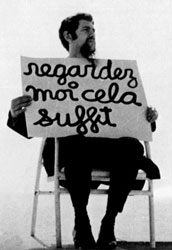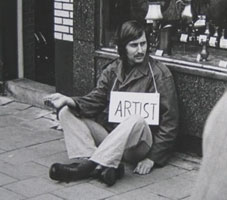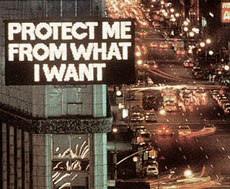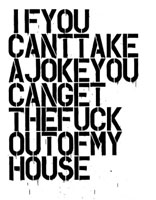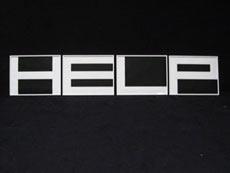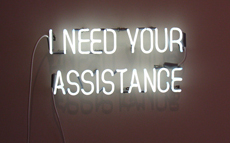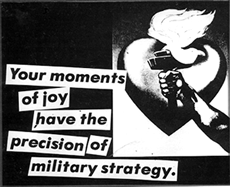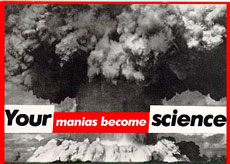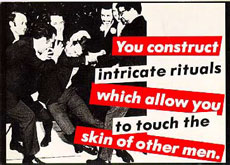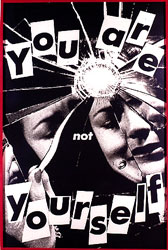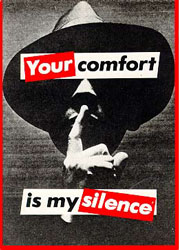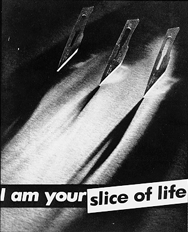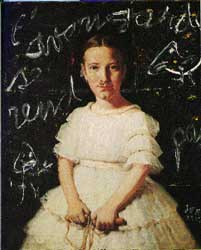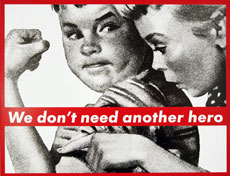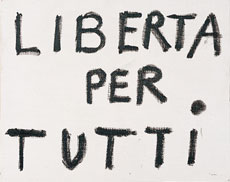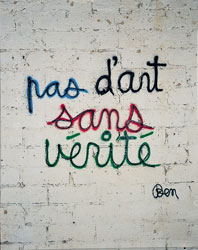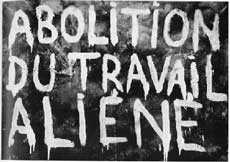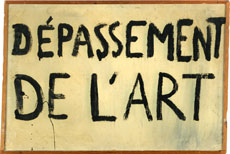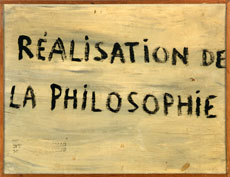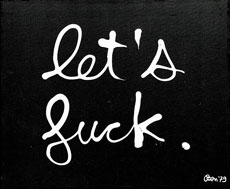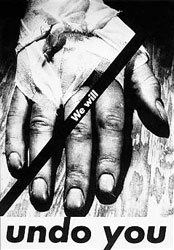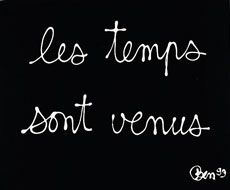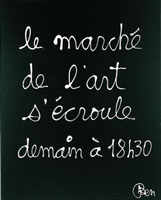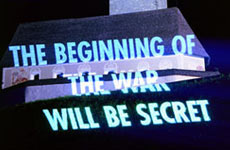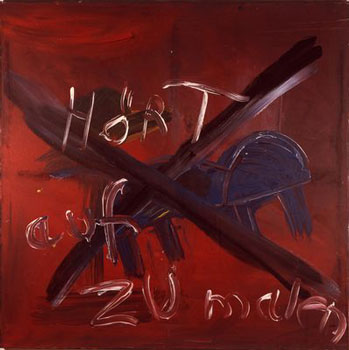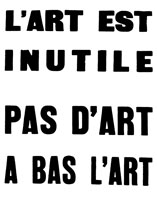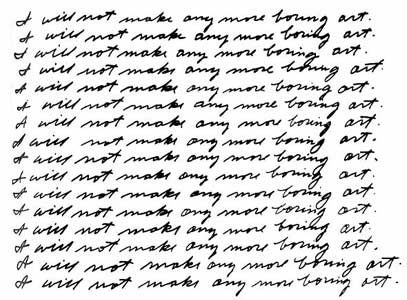from: http://blipblipblip.co.uk/archive/THP_AL.html
| The Hut Project Painting with Art & Language Art & Language and The Hut Project 30/05/13 – 20/06/13       He pulled the mirrors off his Cadillac - YEAH - 'cause he doesn't like it looking like he looks back... The Hut Project, 2013 The Hut Project, The Baroness, 2012, Artificial flowers arranged by Xanthe Edmunds, stolen log, oversize acrylic wine glass, beach sand; Drilled OSB board 210 × 160 × 150cm approx.  Baldwin, M., Harrison, C. and Ramsden, M., Art & Language In Practice, Vol.1: Illustrated Handbook (Barcelona: Fundació Antoni Tàpies, 1999) p.199  This Places Everything The Hut Project, 2013 The Hut Project, Conceptual Beard, 2011, Black and white Inkjet print (photo-documentation of Christopher Bird's participation in Ryan Gander's We Are Constant, 2009), Digital C-type print in black wooden frame with card mount (photograph of The Hut Project Painting with Art & Language taken in the dark, as per The Hut Project, Untitled by Giorgio Sadotti, 2009, as per The Hut Project, It's to Me, It's You: Giorgio Sadotti, 2008 (being Alfred Johansen, Untitled, 1966 by Elmgreen and Dragset, 2004)), 10L vinyl matt emulsion in 'Limoncello Green' (Edition 5 of The Hut Project, It's Not Me It's You: Vanessa Billy, 2008) dimensions variable  Baldwin, M., Harrison, C. and Ramsden, M., Art & Language In Practice, Vol.1: Illustrated Handbook (Barcelona: Fundació Antoni Tàpies, 1999) p.227  Pepperoni The Hut Project, 2012 Digital video 00:00:09 [looped]  Baldwin, M., Harrison, C. and Ramsden, M., Art & Language In Practice, Vol.1: Illustrated Handbook (Barcelona: Fundació Antoni Tàpies, 1999) p.209  Baldwin, M., Harrison, C. and Ramsden, M., Art & Language In Practice, Vol.1: Illustrated Handbook (Barcelona: Fundació Antoni Tàpies, 1999) pp.129-130  Old Kunst The Hut Project, 2008 Digital C-type print, wooden frame 56 × 41cm  With the best will in the world I can't see with the best will in the world I can't see with the best will in the world I can't see with the best will in the world I can't see With the best will in the world I can't see a swastika The Hut Project, 2013 - ongoing Acrylic paint on Inkjet print on canvas dimensions variable  Map of Itself Art & Language, 1967 Letterpress print, edition of 50 37 × 46cm  Baldwin, M., Harrison, C. and Ramsden, M., Art & Language In Practice, Vol.1: Illustrated Handbook (Barcelona: Fundació Antoni Tàpies, 1999) pp.277-278  Untitled The Hut Project, 2013 Recovered parquet 12' × 12' The doubles series normally asks a mid career artist to invite another, younger artist, with whom they have some form of artistic relationship, to make an exhibition with them. This time, for the fourth show in the series, The Hut Project have nominated the more established Art & Language. The Hut Project are presenting both new works and works recombined from earlier pieces. They have also selected works by Art & Language to act as 'keys' to their own - presented as renderings of the interpretive texts written by Art & Language for each work in the book 'Art & Language in Practice', 1999. This exhibition has been undertaken with permission from Art & Language. The Hut Project is a collective formed in London in 2005. 'They have very quick fingers.'(Gavin Wade) Recent group exhibitions include 'Open 18', Oriel Mostyn, Llandudno, 'Assembly', Jerwood Space, London, London and 'Abstract Cabinet Show', Eastside Projects, Birmingham. Recent solo exhibitions include 'But aren't they interesting? Aren't they nice to look at?', OHIO, Glasgow, 'Giles Said...' and 'It's Not Me It's You', Limoncello, London and 'Old Kunst', ICA, London (as part of 'Nought to Sixty'). The name Art & Language was first adopted in 1968, to refer to a collaborative practice that had developed over the previous two years between Michael Baldwin and Terry Atkinson, in association with David Bainbridge and Harold Hurrell. In 1970 Ian Burn and Mel Ramsden merged their separate collaboration with Art & Language. The journal Art-Language was first published in May 1969 and a second journal The Fox was published in New York in 1975-6. From 1976 the genealogical thread of Art & Language's artistic work was taken solely into the hands of Baldwin (b. 1945) and Ramsden, (b.1944) with the theoretical and critical collaboration of these two with Charles Harrison (1942-2009). Recent solo exhibitions include 'Art & Language', Museum Dhont- Dhaenens, Deurke, 'Art & Language', Garage cosmos, Brussels, 'Letters to The Red Krayola', Kadel Willborn Gallery, Dusseldorf, 'Art & Language', Migrosmuseum fur Gegenwartskunst, Zurich, 'Official Squares Again', Galerie Grita Insam, Vienna and 'Portraits and a Dream', Lisson Gallery, London. Recent group exhibitions include 'Materialising "Six Years": Lucy Lippard and the Emergence of Conceptual Art', Brooklyn Museum, 'Critical Episodes 1957-2011' Museum of Contemporary Art Barcelona, 'Invisible, Art about the Unseen, 1957-2012' Hayward gallery, London, 'Erre, Variations, Labrinthiques' Centre Pompidou, Metz, 'Double Bind, Arretez d'essayer de me comprehendre' Villa Arson, Nice and 'Mirror-Mirror, Then and Now', University Art Gallery, Sydney. |


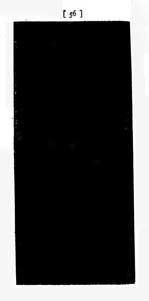
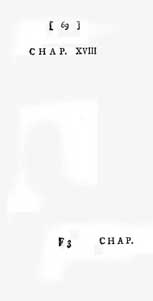
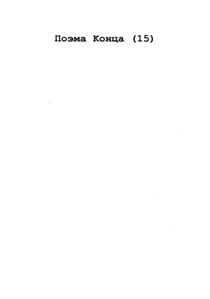
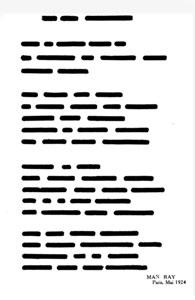
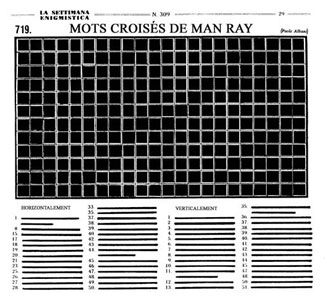
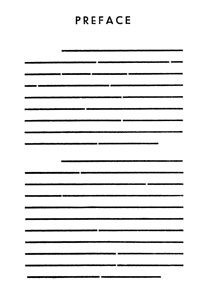
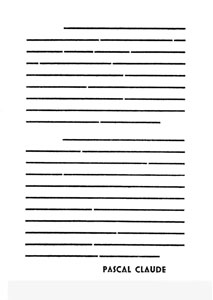
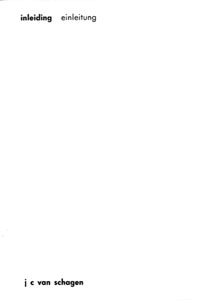
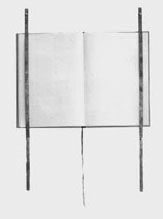
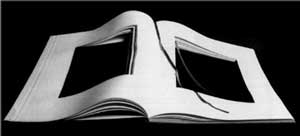
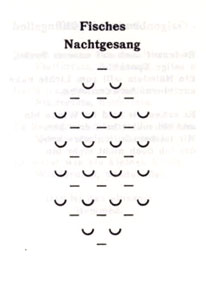
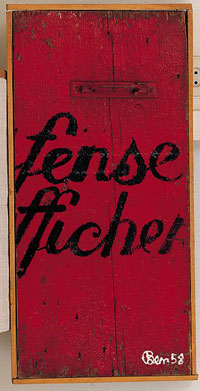
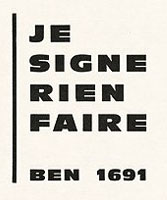
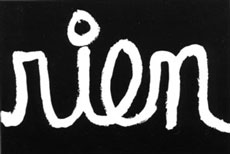
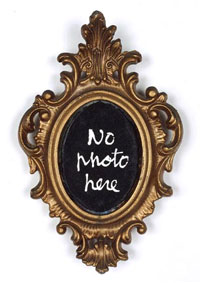
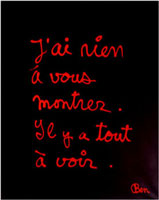
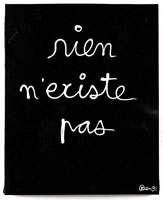
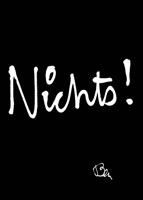
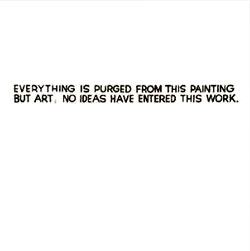
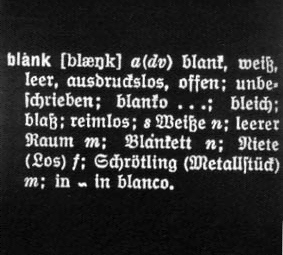
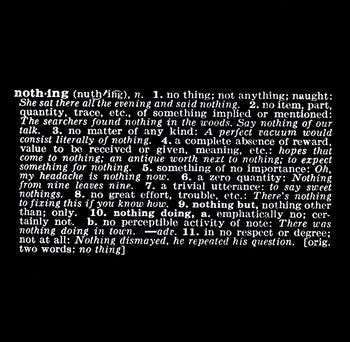
-s.jpg)

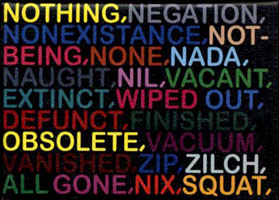
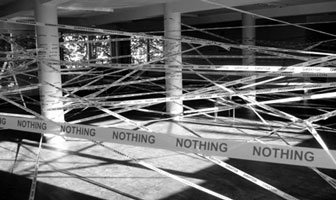
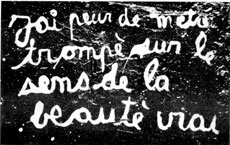
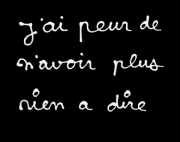
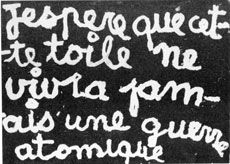
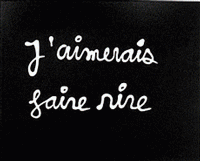
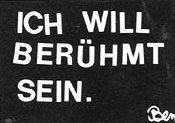
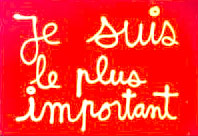
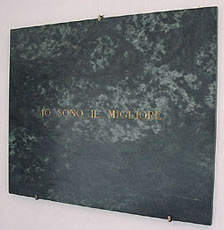
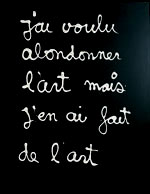
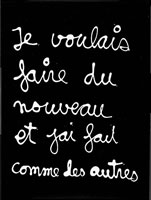
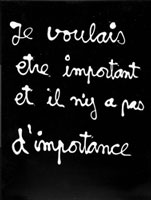
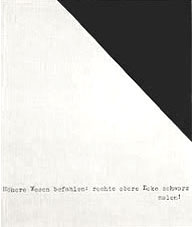
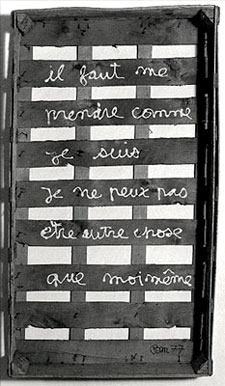
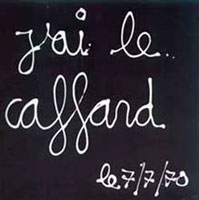
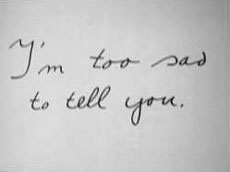
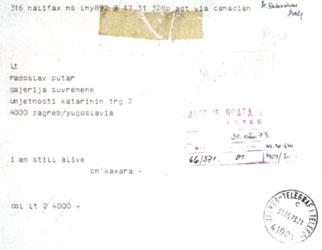
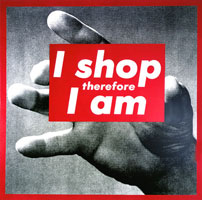
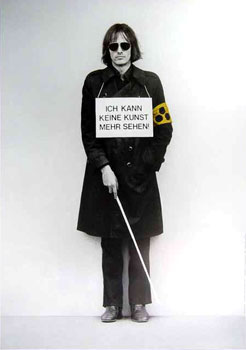
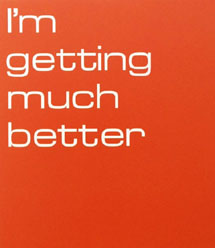
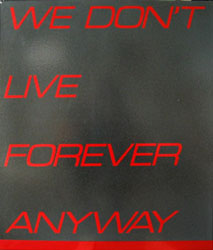
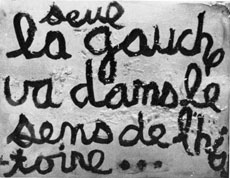
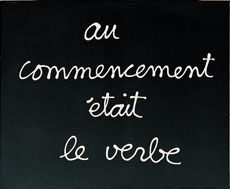
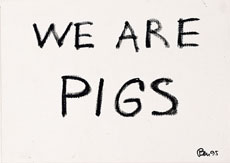
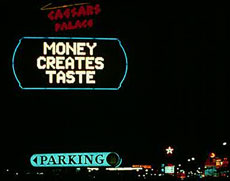
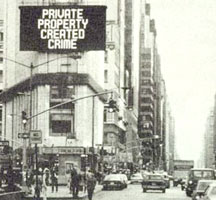
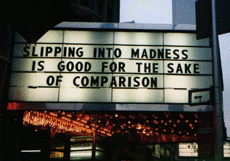
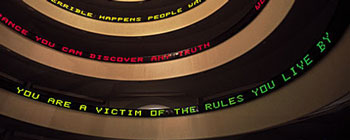
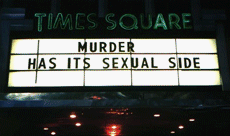
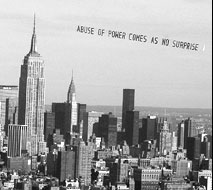
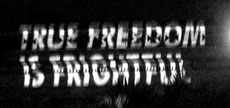
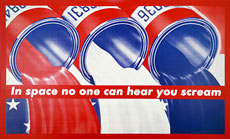
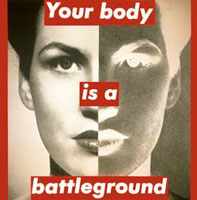
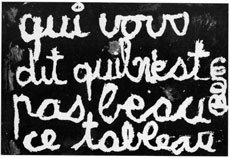
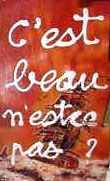
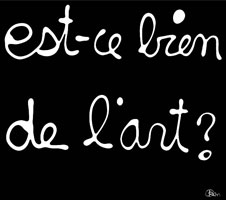
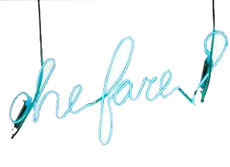
-s.gif)

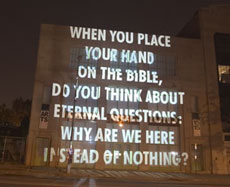
%5D-s.gif)
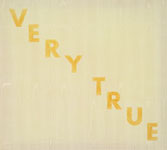
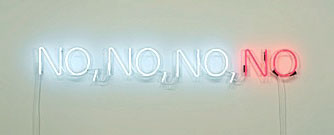
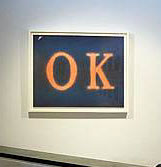











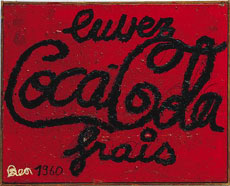
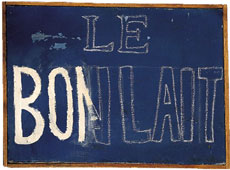
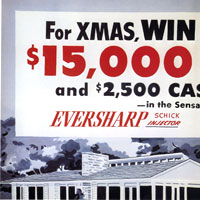
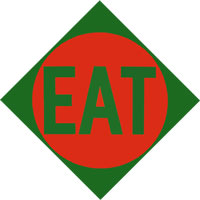
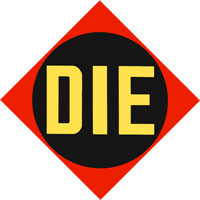
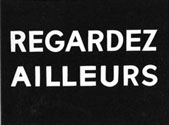
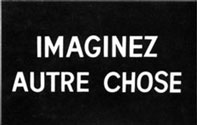
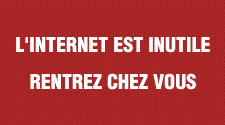
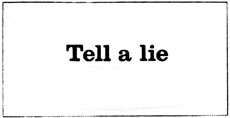
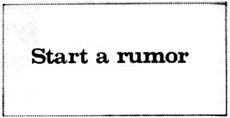
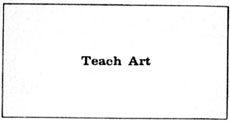
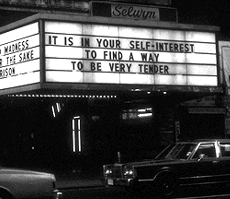
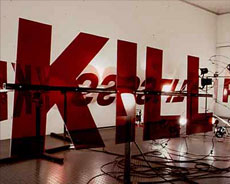
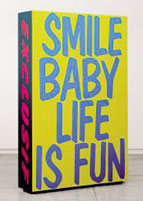
-s.jpg)

